IBGE drills down consumption and life condition of population
March 19, 2018 09h00 AM | Last Updated: June 05, 2018 03h46 PM
In order to drill down into consumption, feeding and life quality of Brazilians, the Consumer Expenditure Survey - POF started in June last year to collect data of nearly 75 thousand households spread along 1,900 municipalities in the 27 Federation Units. More than one thousand persons are involved in this operation, the first one to use tablets to fill the questionnaires.
Comprising seven questionnaires, though not all of them are applied in every household visited, this is one of the most extensive and detailed surveys carried out by the IBGE. The amount of information requested to the residents requires that the survey agents gain their confidence.
"The survey on expenditures and earnings is quite complete, so the families have to buy the idea that it will contribute to their welfare in the future", explains André Martins, manager of POF, reminding the option for those who have doubts about the identity of the survey agent.
"There is a place on the IBGE website describing the surveys that are underway, in which the agents can be identified through their SIAPE, name or CPF. That is what we say: if the person identified as someone from the IBGE, he or she should use a badge", says him.
The data collection in each household takes about nine days, gathering the most detailed data on how much the persons spend, with what they spend, of what they feed and even on life quality and food insecurity – perception in relation to access to food –, comprising information that will portray an important aspect of the reality of Brazilians.
"POF incorporated the scale of food insecurity, which was applied in the old PNAD. This was also a demand from the researchers, who want to relate statistics of food security with earnings figures. This introduces a new field of analysis", explains André on the adoption of the Brazilian Household Food Insecurity Measurement Scale into the survey.
Carried out after nine years, POF now integrates the Integrated System of Household Surveys - SIPD, which also includes the Continuous National Household Sample Survey - PNADC

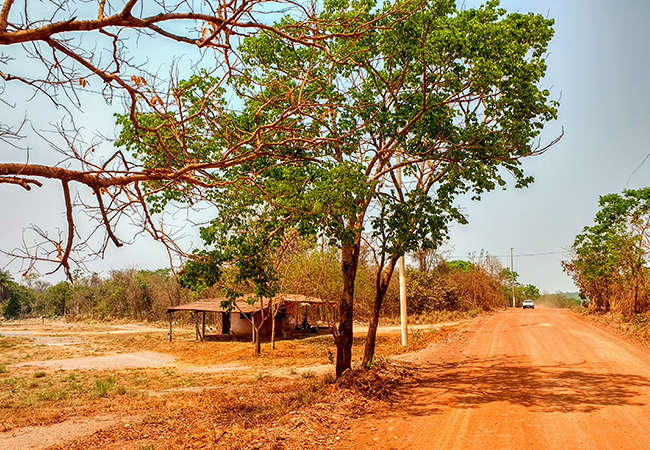
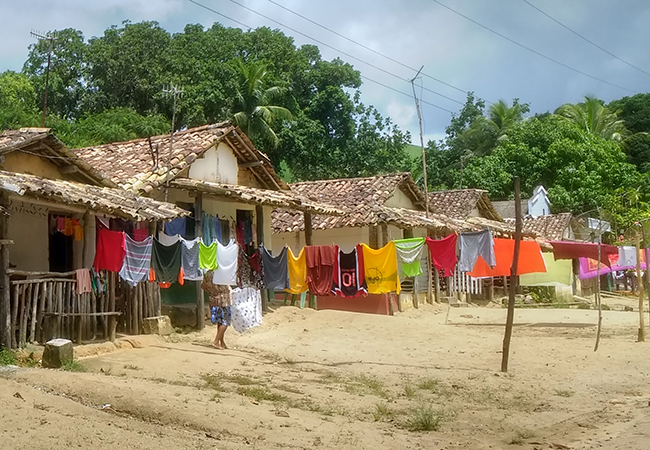
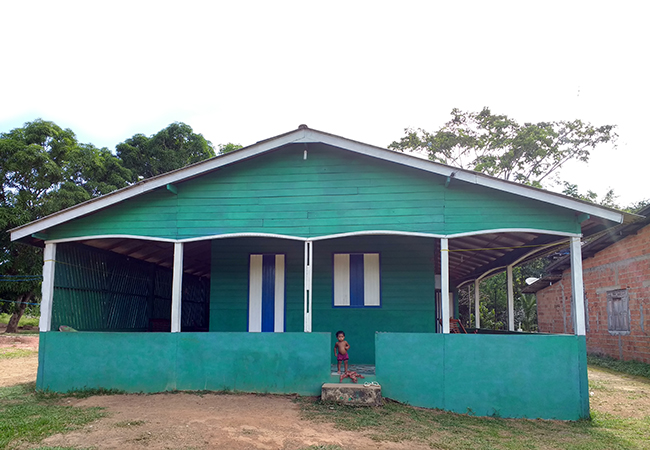
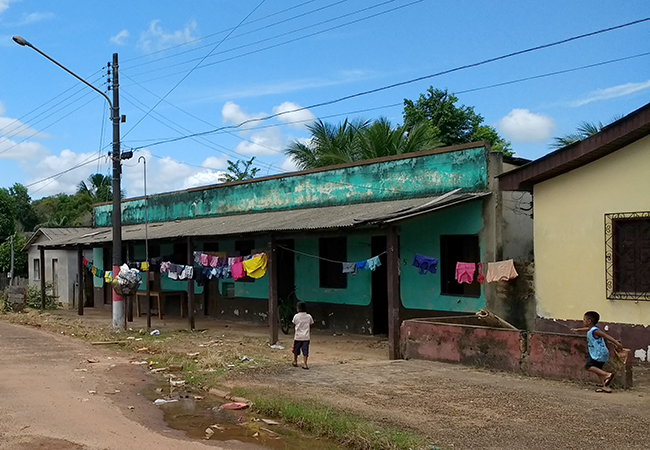
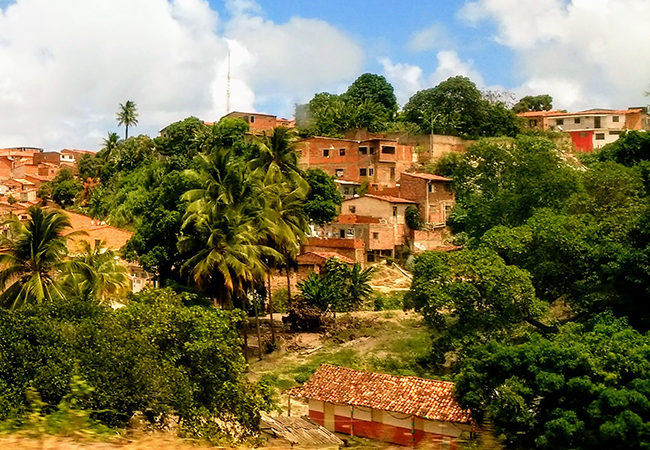
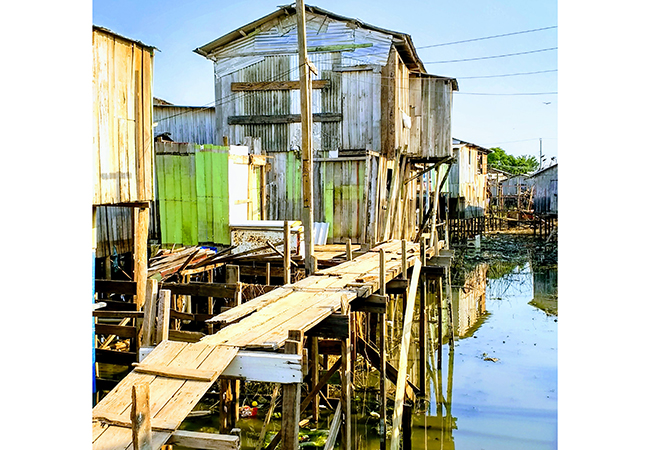

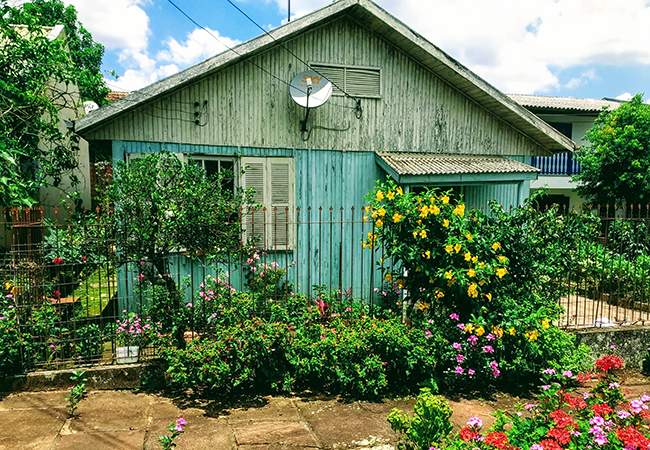
House in the urban area of São Leopoldo, Rio Grande do Sul
Parameter for inflation and sustainable development
Besides bringing relevant information in its publication, POF also impacts the calculation of the official inflation – IPCA and INPC – and even the indexes produced by other institutions, as well as it serves as the basis for the Household Consumption item in the System of National Accounts.
"In order to establish the behavior of the living cost of families, we need to know what they are consuming, how much they earn and with what they spend. To ascertain this and produce a basket of consumed products, that is why we need POF for. From there, we can notice how these prices behave over time", explains Fernando Gonçalves, manager of the Extended National Consumer Price Index - IPCA, also highlighting the need to update these data on a constant basis. "Many products are not traded anymore. In addition, the relative importance of some products may change", completes him.
The Getúlio Vargas Foundation - FGV, which produces the Consumer Price Index - IPC, is one of the institutions that uses the POF data. "We extensively use POF, since we access the microdata through the IBGE website since the last edition in 2009. All consumer price indicators from the FGV are updated by POF", told André Braz, the IPC coordinator.
The structural function of POF can also be noticed in the production of the indicators to the United Nations´ Sustainable Development Goals - SDGs. Its data will be used in at least 10 out of the 17 goals, which will be followed up in Brazil under the coordination of the IBGE.
" The SDGs require information from POF to account for the production of indicators, either directly or indirectly", stresses André Martins. "POF, as well as the Continuous PNAD, PNS and PNDS – the surveys comprising the SIPD –, are key to account for the number of indicators committed with the United Nations", completes him.
Life conditions
The consumption pattern of the households established by POF is also used to assess the life quality of Brazilians, since expenditures can also be compared with earnings per household. "This survey is the deepest analysis on poverty and inequality made by the IBGE", highlights Isabel Cristina, survey analyst.
In addition to the relation between consumption and earnings, POF brings a subjective questionnaire on this theme, through which families state whether their conditions are much satisfactory, satisfactory or unsatisfactory. This issue is like a thermometer through which the link among budget, consumption and perception of life quality is assessed.
Feeding habits
One of the seven questionnaires is of key importance and will be applied in nearly one third of the households, among persons aged 10 years and over. The profile of the food consumption was a demand from the Ministry of Health. It registers every food that every resident ate along two full days, with a one-day interval between them.
"This new method is already in line with Global Diet, which they are beginning to use now in Europe", highlights André.
The interviewee takes note of every food he or she ate during these days, as well as the amount. The result of the collaboration comes in the form of knowledge: knowing how the population lives, scholars and rulers can formulate or demand public policies more suitable to the Brazilian reality.
"POF is one of the most complex surveys and one of the most useful in Brazil. Why is it worthwhile? Because of the huge amount of information made available and the use it has after the survey", summarizes Leonardo Oliveira, POF´s analyst.


















